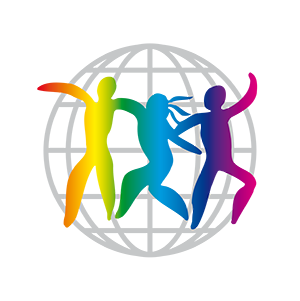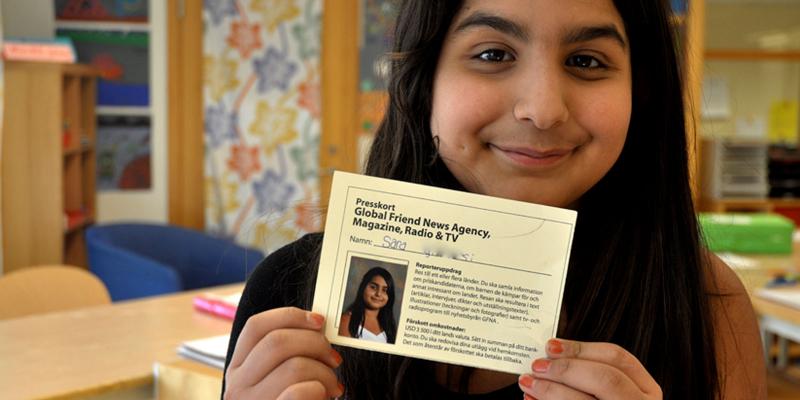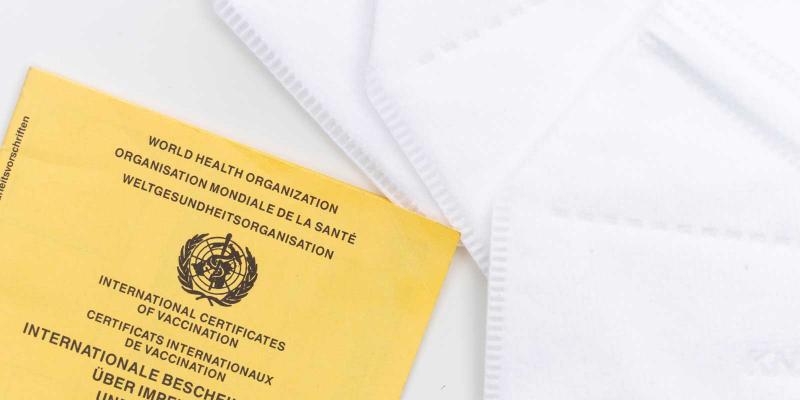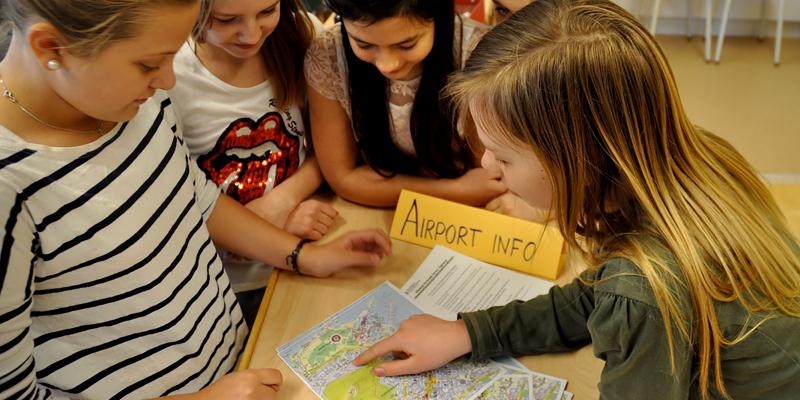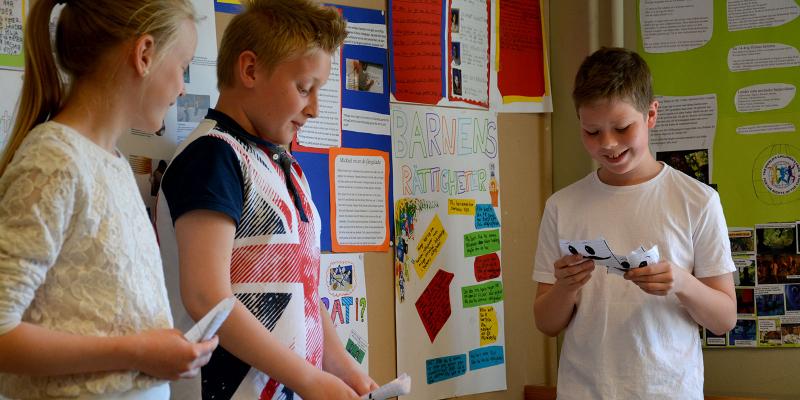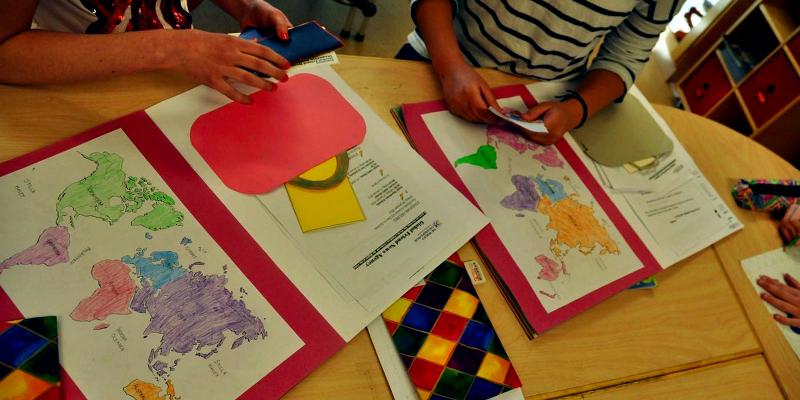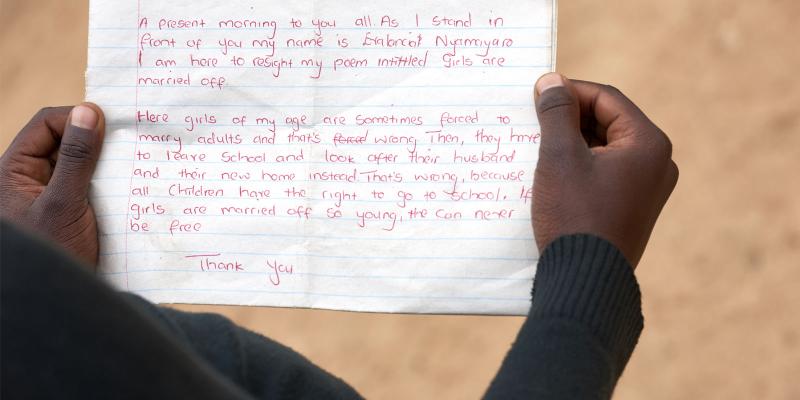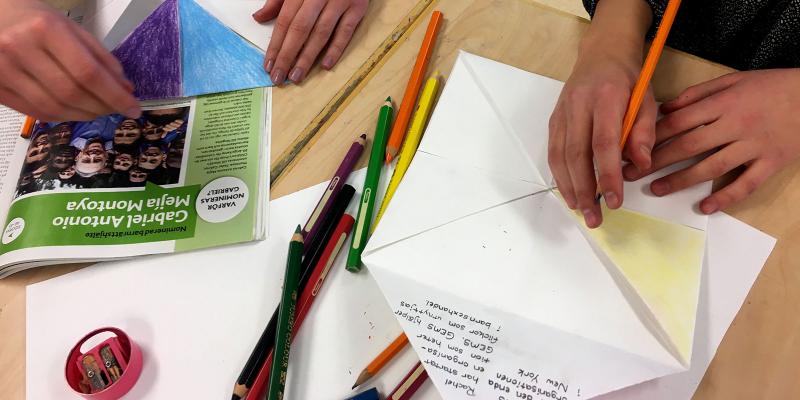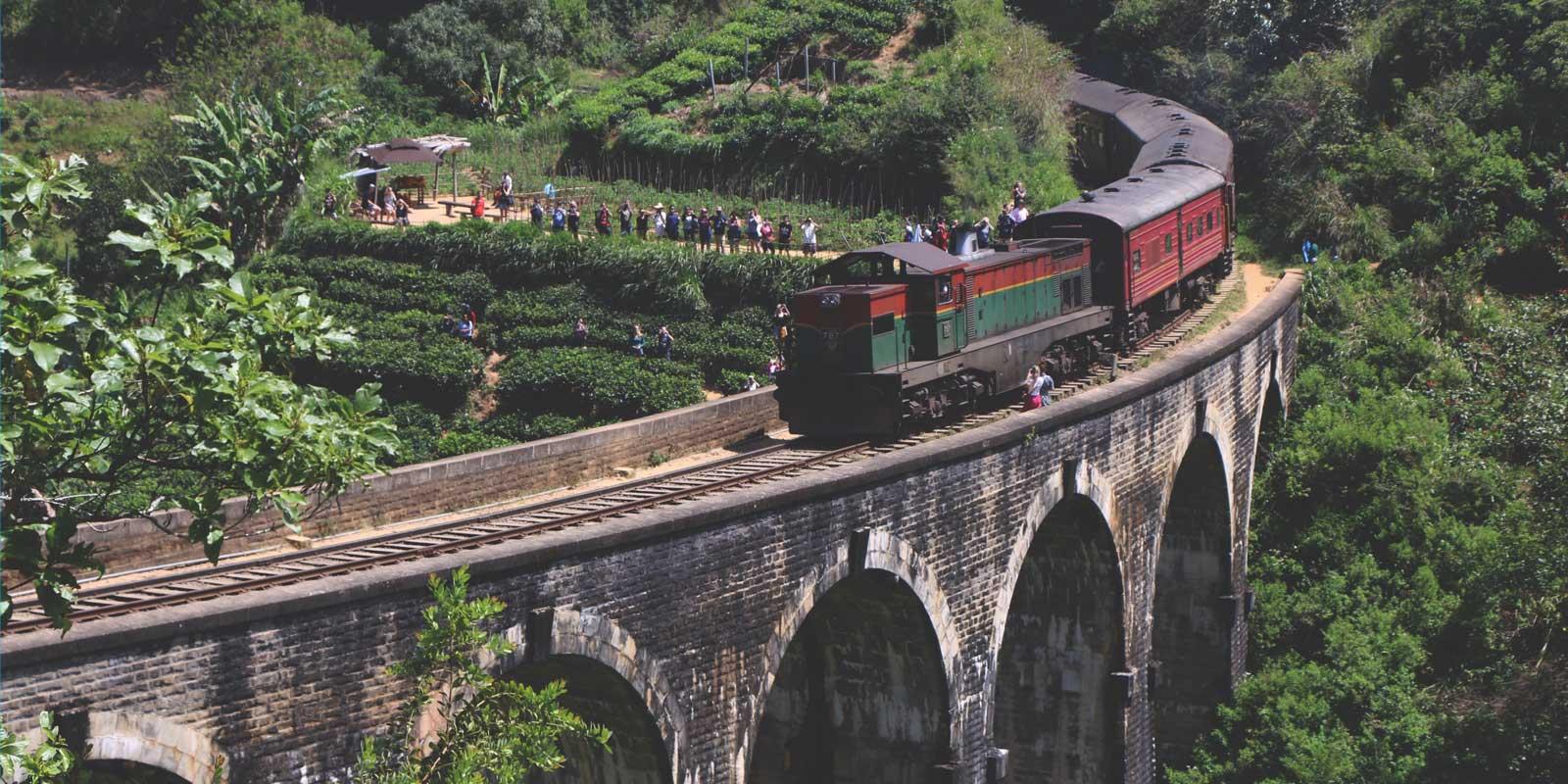
Do the reporters have their press passes, passports, money, and vaccinations? Let the journey begin! Check in the bags, have your tickets ready and board the airplane or perhaps a train.
Many teachers and students choose to create a "train" or an "airplane" in the classroom, using simple props, in order to heighten the sense of being ‘on the way’! This makes the experience seem more real, but it’s also a fun way for the teams to bond and develop their ability to cooperate, preparing them for the difficult times ahead.
At the gate
Tickets and passports are checked by students (or teachers) playing the part of staff. The chairs can be placed in rows in the middle of the classroom with the cockpit/driver’s seat at the front.
As well as being an exciting experience, this is a good opportunity for planning. Use the flight or train ride in order to:
1. Give each student a diary/log book and explain how it is to be used. (Read more about the diary method below).
2. Watch film footage and listen to music from the countries you are going to visit. Check out Youtube.com, not least the World’s Children’s Prize channel! Check streaming services also, for relevant movies and documentaries.
Where are we going?
The flight is the ideal place for a geography lesson. Make sure each group has brought an atlas or a world map. Instead of atlases. You can also look up airline websites and print out route maps. The students can trace their routes on the map and find answers to questions such as:
• Where is the destination country in relation to your home country?
• Which continents and countries do you fly over, and what are the names of the capitals?
The students’ diary/log book
On the plane, the students can begin to write their diaries. They have time to sum up their first experiences, impressions, thoughts and expectations. The students should continue to write in their diaries throughout the simulated journey. This also provides a useful log of the tasks carried out. By keeping a diary, the students document everything they do, experience and learn. In this way the diary act as a tool for evaluating what each student has learned and understood.> Learn more about how to use log books/diaries.
Topics
Related stories
Långgatan 13, 647 30, Mariefred, Sweden
Phone: +46-159-129 00 info@worldschildrensprize.org
© 2020 World’s Children’s Prize Foundation. All rights reserved. WORLD'S CHILDREN'S PRIZE®, the Foundation's logo, WORLD'S CHILDREN'S PRIZE FOR THE RIGHTS OF THE CHILD®, WORLD'S CHILDREN'S PARLIAMENT®, WORLD'S CHILDREN'S OMBUDSMAN®, WORLD'S CHILDREN'S PRESS CONFERENCE® and YOU ME EQUAL RIGHTS are service marks of the Foundation.

